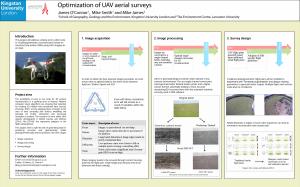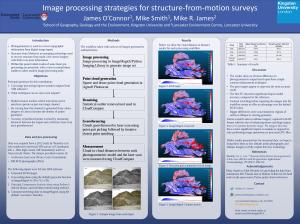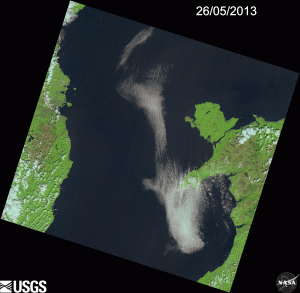A sculpt of one of the pieces from Paolozzi’s gallery (From Edinburgh way back in October) using the very useful p3d web OBJ viewer now features on my website. I’m working to get the texture overlayed for a better viewing experience, and thinking a lot about the various ways you could go about the surface reconstruction to save time/memory for preparation of photoscans for wider distribution. See it on p3d here.
With this in mind I’ve got an idea to work towards a zoomable interactive 3D viewer of say, for example, the erosion of a coastal cliff using blend4web to animate it – something to keep in mind in the future!
James


